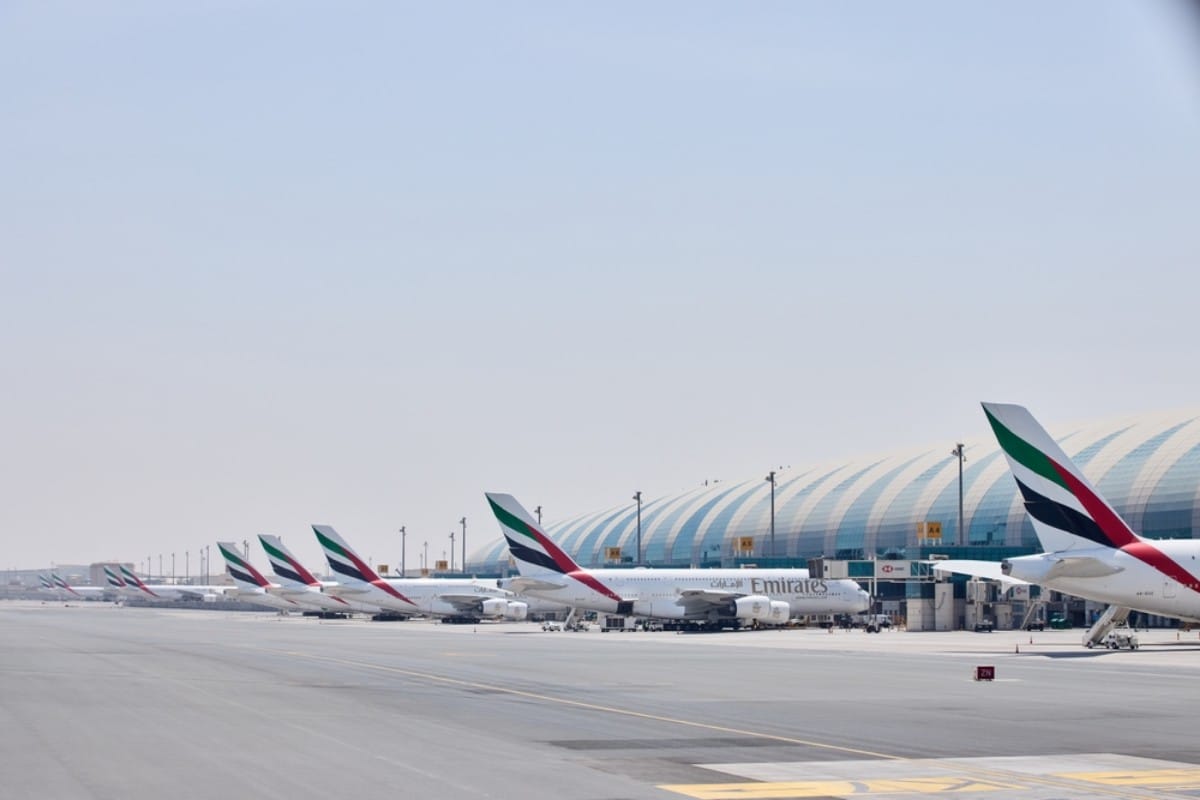As the UAE continues to see a tourism boom, the aviation sector is increasing its contribution to the nations’ economy and propelling diversification efforts. A recent study by the International Air Transport Association (IATA) revealed that the UAE’s aviation sector contributes $92 billion or 18.2 percent to the total GDP.
In the UAE, 206,800 people are directly employed in aviation, generating $26.6 billion of economic output, equal to 5.3 percent of total GDP. Additional benefits are generated by the wider supply chain, employee spending, and tourism activities, contributing a total of $92 billion to GDP and 991,500 jobs.
“The UAE is a critical hub for global connectivity. And the benefits of its super connector role brings trade, tourism, investment, and jobs to the UAE. The leadership of the UAE has a strategic vision for aviation, supported by smart regulation and investment in world-class infrastructure,” said Willie Walsh, IATA’s Director General.
Tourism contributes $22 billion to GDP
Tourism, supported by aviation, contributes $22 billion to the UAE’s GDP and employs 297,300 people. The report also revealed that international tourists to the UAE are estimated to contribute $47.7 billion annually to the economy through the purchase of goods and services from local businesses.
“Supporting nearly a million jobs and 18.2 percent of GDP, aviation makes an enormous contribution to the UAE’s prosperity, both culturally and economically. And we can be confident that this contribution will strengthen as the UAE continues to facilitate opportunities for aviation to thrive,” added Walsh.
Cost of flying dips 35 percent
The cost of flying in the UAE impacts the magnitude of the benefits that can be generated by the aviation sector. In the past 50 years, flight costs have decreased by 70 percent globally, making air transport more accessible. The average real airfare in the UAE decreased by 35 percent between 2011 and 2023, with the local population now needing to work 1.9 days to afford a plane ticket. Overall, 3,668 flights per 1,000 population were taken in 2023.
Aviation also plays a crucial role in enabling the development of dynamic and efficient supply chains and in driving the growth of e-commerce. In times of crisis, the world relies on air cargo to provide humanitarian aid and emergency relief. IATA noted that 3.1 million tons of air cargo were transported through airports in the UAE in 2023, supporting the country’s total import and export volumes.
Read: AD Ports Group launches first LNG bunkering operation in Abu Dhabi’s Khalifa Port
Asia Pacific tops passenger flows from the UAE
The aviation sector report also revealed that international air traffic accounted for 100 percent of total origin-destination (O-D) departures for the UAE in 2023, equal to 34.8 million passenger departures. Asia Pacific is the largest international market for passenger flows from the UAE, followed by Europe and the Middle East. Almost 14.1 million passengers departed from the UAE to Asia Pacific, 8.5 million to Europe, and 7.9 million to another country in the Middle East.
Air connectivity is also fundamental to unlocking a country’s economic growth potential and prosperity. Since 2014, the UAE’s international air connectivity index has increased by 39 percent within the Middle East region and by 15 percent with all other regions.
Understanding the nature of that connectivity is also important. For the UAE, 54 percent of passengers either finished their journey at the point of entry to the country or continued traveling using a different mode of transport. Meanwhile, 46 percent of all passengers arriving in the UAE from abroad continued their journey to a destination in another country.








